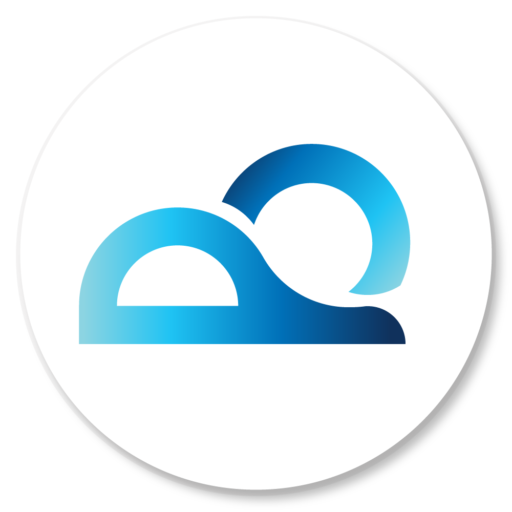NetSuite 2024.1: Unveiling the Latest Features and Enhancements
NetSuite 2024.1 brings new features and enhancements to boost business efficiency and user experience. Whether you’re an accounting pro, a manufacturing whiz, or a sales
Accounting, order processing, inventory management, human resources, and other business processes are managed through enterprise resource planning software per business management.
The software vendor manages the server infrastructure, databases, and data storage, while customers access the software online. ERP instances are sometimes run separately for each customer by vendors; a practice known as hosting. SaaS ERP software operates as multi-tenants, where the vendor runs one application and separates the customer’s data at the database level, which creates greater efficiency and cost savings. Although recommendation from a NetSuite implementation partner on how optimized your business can operate after a NetSuite health check would be great if you have already gone through a NetSuite ERP implementation.
Fast-growing organizations constantly scaling with new product/service segments and who want to cater to international clients would require NetSuite, which offers multi-subsidiary consolidation, multi-currency, and compliance with international tax regulations and multi-language capabilities, which Acumatica struggles with.
Business processes and workflows with their data vary from industry to industry. Currently, most of the ERP software vendors in the market extend customization functionality according to industry specifications and for other business needs that might surface.




Comparatively, NetSuite and Acumatica have more or less similar functionality across several modules. However, NetSuite ceases to support users with enhanced services. Regarding NetSuite, fast-growing companies can benefit the most and are chosen as their preferred vendor as per the experience of an ERP consultant.
The major difference is that NetSuite operates on real-time data entry. In contrast, Acumatica runs on batch-based entry according to the sub-ledger level, making reporting a tedious task. On the other hand, if a company wants to expand internationally, Acumatica would not be the ideal ERP software as it cannot support multiple languages and currencies, including foreign regulations and tax laws. However, NetSuite ERP implementation comprehends all these requests with extended visibility and decreased manual tasks like transacting different currencies and conducting financial consolidation.
The other significant differentiators between these two follow the areas of pricing and history. Because of the prevalent history of cloud ERP, NetSuite encompasses a massive chunk of the customer base and partner channel. Regarding pricing between the two, NetSuite Pricing is more straightforward and more fitting for fast-growing businesses, unlike Acumatica, which could be camouflaged with other charges.
| Netsuite | Acumatica | |
|---|---|---|
| Financial Management | ||
| Project Accounting | ||
| Inventory Management | ||
| CRM | ||
| Warehouse & fulfillment | ||
| Payroll | ||
| Ecommerce | ||
| Subsidiary Management | ||
| HR Management | ||
| Multiple currency & language | ||
| Professional Services Automation | ||
| Per User |
Let’s delve deep into the comparison of how NetSuite cloud ERP differentiates from Acumatica:
Acumatica relies heavily on batch-based entries at the sub-ledger level, which reduces accuracy, productivity, and real-time visibility for KPIs, reports, and dashboards. With Acumatica, users must monitor and approve all sub-ledger transactions for them to be pushed into the main General Ledger. Whereas with a NetSuite ERP implementation, General Ledger gets updated in real-time. Other core accounting functionalities only available in NetSuite include multi-book accounting and custom general ledger segments.
NetSuite’s SuiteSuccess offers more than 100 pre-defined and customizable process flows built and personalized to match your specific industry. Unlike NetSuite, for Acumatica, the implementation has to be started from scratch without preconfigured instances or leading practices
NetSuite offers complex capabilities in Supply Chain Management. The system provides several depreciation and costing methods, including last-in-first-out (LIFO), average costing, group average costing, standard costing, first-in-first-out (FIFO), demand planning, WIP & Routing, shop floor control, etc. However, Acumatica does not support LIFO, but can customize other features to meet your needs. Just like NetSuite, Acumatica also contains various depreciation and costing methods along with support for barcoding assets with a scanner, etc. Material Resource Planning (MRP) modules are also available upon request for NetSuite & Acumatica.
NetSuite provides the ability to transact in more than 197 currencies in 27 different languages. As NetSuite provides multi-book accounting functionality, users can manage their entire company portfolio from a single instance while maintaining compliance With Acumatica; customers must perform currency re-evaluations to get the international functionality they desire.
NetSuite offers real-time reporting, whereas Acumatica offers point-in-time based reporting, which makes it a tedious process. Although both vendors provide self-service reporting, Acumatica offers fewer customization options and workflows without users requiring coding skills.
As per the above datasheet another major difference between the two products would be the cost. NetSuite Pricing unlike Acumatica provides a per-user model with flat-fee pricing which offers extended transparency and forecasting abilities. In contrast, Acumatica’s pricing model can impact negatively a company’s growth as it contains hidden charges since its offer is based on unlimited user computing resources
NetSuite can scale along with your business growth with richer functionalities than Acumatica, which appeals to smaller businesses that don't seek advanced functionality.
The NetSuite architecture makes it easy to analyze large volumes of transaction data.
NetSuite Implementation partners share that business owners benefit from the proven results of NetSuite, and its flat-fee pricing help businesses reduce costs and increase revenue by providing visibility and transparency.
Oracle Cloud powers NetSuite, a highly secure, heavy-duty cloud platform for large organizations. As the pioneer of software-as-a-service (SaaS), NetSuite remains an industry leader in SaaS and a true definition of cloud-based ERP.
A NetSuite ERP implementation can cater to almost any micro vertical area, namely Apparel & Fashion, Recycling Operations, Restaurants, and Food & Beverage.


ERP Buddies is a North American NetSuite Cloud ERP Solution Provider (Software Vendor) with diverse experience in implementing ERP systems for multiple companies across wide industry verticals with a true cloud solution.
With offices in the U.S, Canada (North America), Philippines, India (Asia) and UK, Spain (Europe), our experts are accessible globally and make it their priority to create a smooth and positive experience for clients. Our experts assist clients throughout the entire implementation process, with on-site support and consultation, along with additional assistance in customizing your system functionality to guarantee it meets your business needs.
NetSuite 2024.1 brings new features and enhancements to boost business efficiency and user experience. Whether you’re an accounting pro, a manufacturing whiz, or a sales
In today’s ever-evolving business environment, unlocking the complete potential of your workforce is a crucial factor for achieving success. As organizations navigate the complexities of
ZKTeco North America, a prominent player in the Electrical/Electronic Manufacturing industry with a customer base ranging from 1,000 to 10,000, has harnessed the power of NetSuite